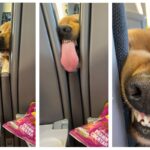The Tinagba Festival is an annual celebration in Iriga City, Philippines, honoring the bountiful harvest. It features colorful parades, traditional dances, and agricultural showcases.
Held every February 11th, the festival draws from Bicol Region’s ancient ritual of offering harvested goods to the gods to ensure future agricultural prosperity. The event symbolizes gratitude and cultural heritage, blending indigenous practices with Catholic influences. The city comes alive with vibrant costumes, street dancing, and activities that reflect the locals’ deep connection to agriculture.
The festival is not only a feast for the senses but also a testament to the community’s enduring traditions and a vibrant attraction for tourists seeking authentic Filipino culture. Its unique blend of the past and present makes it an integral part of Bicol’s rich tapestry of Filipino festivals.
Origins And Historical Background
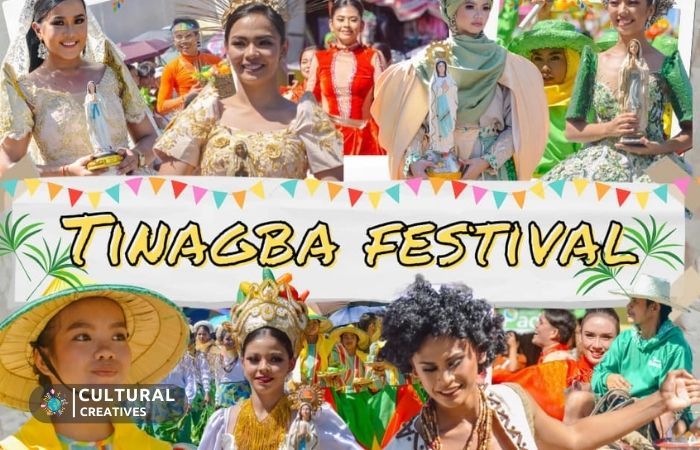
Despite being rooted in age-old customs, this festival remains a dynamic part of the cultural heritage, bringing together locals and visitors to revel in a spectacle of color, history, and community spirit. Each year, the Tinagba beckons participants to immerse themselves in a harvest celebration like no other, amidst rhythmic dances, melodious music, and authentic regional flavors.
The genesis of the Tinagba Festival traces back to pre-colonial times, deeply anchored in the indigenous rituals of the Iriga people. Originally a thanksgiving ceremony, the festival marked the bountiful harvests and was a time for the community to converge and offer their agricultural bounty to the deities. As Christianity spread, this indigenous practice was seamlessly woven into the fabric of Catholic traditions, intertwining native customs with religious festivities dedicated to Our Lady of Lourdes.
Geographical Significance And Location

Nestled in the province of Camarines Sur, Iriga City is the birthplace of the Tinagba Festival. This locale is a natural amphitheater surrounded by lush vistas, contributing to its agricultural prosperity. The city’s geographical layout plays a pivotal role in the festival, as it boasts vast rice fields and fertile land that make the harvest celebration possible. Participants from surrounding regions and beyond gather here, transforming the city into a hub of festive energy and communal exchange.
Timing And Seasonal Relevance
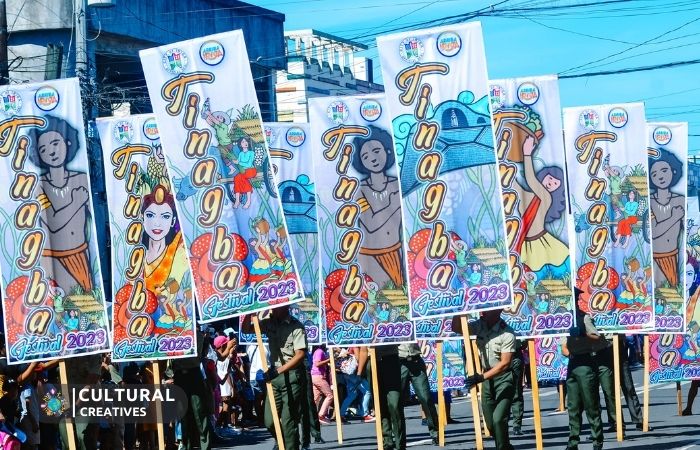
Coinciding with the feast of Our Lady of Lourdes on February 11th, the Tinagba Festival ushers in a period of jubilation at the onset of the dry season. This timing is pivotal, highlighting the successful harvest of rice and other crops, and sets the stage for a period of gratitude and merry-making. The season’s clear skies and pleasant weather provide an ideal backdrop for outdoor activities and parades that are central to the celebrations, attracting visitors to partake in this annual cultural highlight.
Cultural Of Tinagba Festival
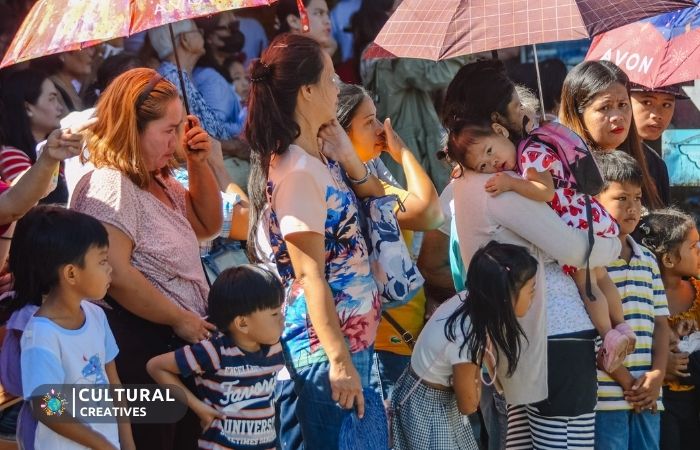
A grandiose event deeply rooted in the vibrant history of the Bicol Region in the Philippines, serves as a colorful tapestry weaving together agricultural traditions, religious convictions, and communal unity into a spectacular cultural exposition. Let’s delve into the multifaceted dimensions of this festival that retains its allure through the ages.
Agricultural Roots And Celebrations
Tinagba Festival commences with a jubilant nod to the region’s agricultural heritage. Fields yielding bounty, farmers rejoicing harvests, and communities celebrating sustenance are central motifs in this annual event.
- Grand parades featuring lavishly decorated carabao carts laden with the season’s best produce.
- Agricultural fairs showcase local farming techniques and heirloom crop varieties, fostering appreciation for agricultural innovation.
- Cooking competitions that transform local ingredients into culinary masterpieces, reaffirming the region’s gastronomic identity.
Religious Aspects And Rituals
Beyond revelry, the festival encapsulates profound religious sentiments. It’s a gesture of collective thanks to the divine, primarily for the blessings of harvest.
- Masses and prayer services honor patron saints and seek continued favor and protection over the toils of the land.
- Processions display revered religious icons, merging belief and tradition.
- Such rituals provide an intimate glimpse into the spiritual core that grounds the region’s way of life.
Symbolism: Unity And Fertility
At the heart of the Tinagba Festival lie potent symbols; unity and fertility. Elders and youngsters, locals and visitors bond over shared experiences, reinforcing social cohesion.
Folk dances and communal activities symbolize life’s cyclical nature and agricultural fecundity. Such expressions manifest hopes for continued prosperity and societal harmony.
Preservation Of Indigenous Heritage
The festival isn’t merely a spectacle of merrymaking; it’s a conduit preserving the indigenous heritage of the Bicolanos.
- Traditional crafts and practices on display educate and inspire.
- Oral histories and legends, retold during the festivities, act as a narrative bridge connecting past to present.
- These celebrations lay the groundwork for future generations to appreciate and carry forward their unique cultural legacy.
Experiencing Tinagba Festival
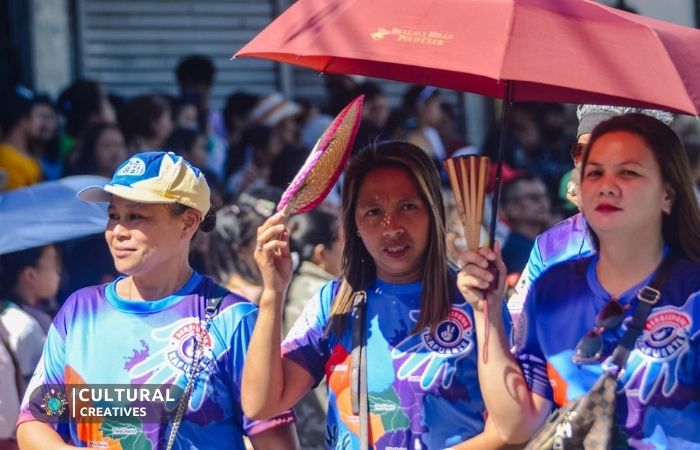
Embarking on a journey to the heart of the Bicol region in the Philippines during the Tinagba Festival transforms into an electrifying experience that celebrates rich cultural heritage and agricultural bounty. This traditional festival, held annually every February in Iriga City, Camarines Sur, teems with vibrant colors, rhythmic sounds, and the infectious warmth of its people. Anyone who immerses themselves in this local fiesta is sure to witness a spectacular blend of indigenous tradition and modern celebration.
Parade Of Colorful Carts And Costumes
The first highlight to catch the eyes of visitors is the Parade of Colorful Carts and Costumes. This display features elaborately decorated carabao carts, referred to locally as ‘karosa’, each boasting an array of fresh harvest and artistry. Participants, clad in traditional garb with a kaleidoscope of patterns, dance alongside these carts, creating a dynamic tableau that captivates onlookers.
- Bright, hand-woven textiles
- Symbolic headdresses
- Artistic interpretations of agricultural life
Traditional Dances And Performances
As the parade progresses, the festival grounds become an open stage for a showcase of Traditional Dances and Performances. Each dance tells a story, reflects a thanksgiving gesture for the bountiful harvest, or honours the patron saints. Performers move with grace and fervor, often to the rhythmic beats of indigenous instruments, providing guests with an authentic taste of Bicolano culture.
- Ritualistic dance interpretations
- Upbeat folk music and tunes
- Theatrical reenactments of local folklore
Local Cuisine And Delicacies
The Tinagba Festival is not complete without indulging in the Local Cuisine and Delicacies. Food stalls lined up across the venue offer an array of exquisite Bicolano dishes, known for their use of coconut milk and spicy flavors. Savor laing, pinangat, and the ever-famous spicy Bicol Express. Be sure to treat yourself to a feast of local flavors that truly represents the region’s culinary heritage.
| Dish | Main Ingredients | Flavor Profile |
|---|---|---|
| Laing | Taro Leaves, Coconut Milk | Creamy and Spicy |
| Pinangat | Minced Shrimp, Coconut Cream | Savory and Rich |
| Bicol Express | Pork, Chili, Coconut Milk | Spicy and Flavorful |
Interaction With The Community: A Visitor’s Perspective
Beyond the spectacle, engaging with the local community offers visitors a valuable and enriching experience. The warmth and hospitality of the Bicolanos become apparent as they welcome tourists into their celebration. This interaction paves the way for meaningful exchanges and stories, allowing guests to gain insights into the significance of the festival. It becomes more than a visit; it is a moment of meaningful connection with a rich, cultural tapestry.
Tinagba Festival In The Modern Context

The Tinagba Festival, a tapestry of color, culture, and history, is an annual celebration deeply rooted in the traditions of the Bicolano people of Iriga City, Philippines. Originating as an indigenous ritual to give thanks for a bountiful harvest, today’s festival has transformed into a vibrant fusion of age-old customs and contemporary influences.
Impact Of Modernization On Traditions
As society progresses, the traditions of Tinagba inevitably encounter the forces of modernization. The challenge lies in maintaining the authenticity of the festival’s rituals while adapting to contemporary sensibilities. Organizers incorporate modern elements, such as competitive sports and social media publicity, to captivate younger generations, ensuring the festival’s relevance in today’s digital age. The infusion of new ideas, while aiming to preserve the core values, shapes a unique balance between the old and the new.
Tourism And Economic Contributions
With a flamboyant display of ornate carriages and spirited dances, the Tinagba Festival is an irresistible magnet for tourism. It showcases the region’s cultural wealth, drawing visitors both domestic and international. Tourism during the festival period stimulates local businesses, from hospitality to retail, contributing significantly to the regional economy. Boosting tourism also funds the festival’s continuity, creating a sustainable cycle of cultural flair and economic vigor.
- Hotel Accommodations: Occupancy spikes as revelers seek places to stay.
- Souvenir Industry: Local crafts and products find a wider audience.
- Food and Beverage: Festive feasts spotlight Bicolano cuisine.
Challenges In Sustaining The Festival
Sustaining the grandeur of Tinagba is not without its hurdles. Funding and resource allocation pose considerable challenges, often requiring creative approaches to finance the festival’s elaborate events. Evolving societal interests also dictate a constant need for innovation to keep the festivities engaging. The commitment of community leaders and stakeholders to overcome these challenges is paramount to preserving this cherished cultural gem.
| Challenge | Possible Solution |
|---|---|
| Funding | Innovative partnerships with businesses and sponsors |
| Relevancy | Cultural workshops and dynamic programming |
The Festival’s Role In Cultural Education
Beyond mere celebration, the festival serves as a vehicle for cultural education. It exposes participants, especially the youth, to Bicolano heritage through interactive experiences. By witnessing the elaborate costumes, dances, and rituals, festival-goers gain an appreciation for the cultural intricacies that define their community’s identity. Educational initiatives integrated into the event’s agenda further reinforce the festival’s role as a custodian of regional history and practices.
- Cultural performances illustrating mythology and folklore.
- Exhibitions showcasing local artistry and historical artifacts.
- Workshops on traditional crafts and culinary techniques.
The Future Of Tinagba Festival
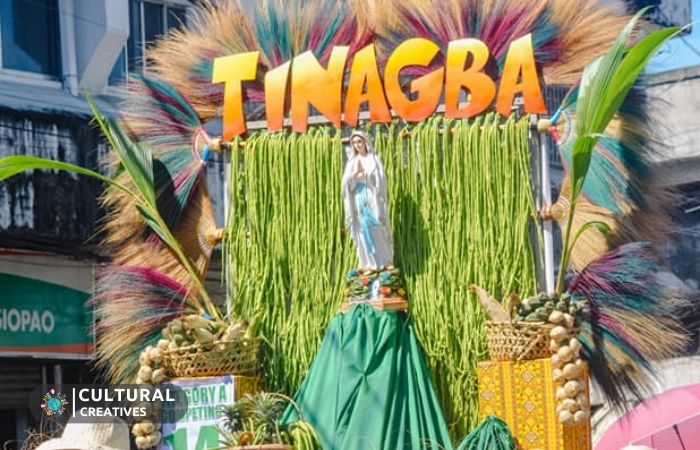
The Tinagba Festival, a vibrant tapestry of culture and tradition, stands at the cusp of transformation. As we envision the future of this storied celebration, its sustainability and adaptation to modernity take center stage. Engaging the local community and embracing innovative approaches while safeguarding treasured customs will steer the festival towards a resilient and dynamic future.
Conservation Efforts And Community Initiatives
To ensure the vitality of the Tinagba Festival, concerted conservation efforts are paramount. By engaging local stakeholders, crafting strategies to protect intangible cultural heritage, and implementing eco-friendly festival practices, the commitment to conserve becomes a collective endeavor.
- Sustainable practices to minimize environmental impact
- Cultural workshops fostering the transmission of traditional knowledge
- Community engagement programs to boost local participation and pride
Role Of Social Media In Promoting Cultural Awareness
In the digital age, social media emerges as a potent tool for cultural promotion. Through captivating content and interactive platforms, the Tinagba Festival’s reach extends beyond geographic confines, resonating with a global audience.
Strategies to amplify the festival’s presence online:
- Curate visually appealing content to share the festival’s vibrancy.
- Leverage influencers and cultural ambassadors to widen exposure.
- Initiate hashtag campaigns to encourage user-generated content.
Engaging The Youth: Ensuring Continuity
Attracting and involving young people is pivotal for the continuity of the Tinagba Festival. Educational programs and interactive events designed for the youth serve as vital conduits of cultural inheritance.
- Interactive school partnerships to integrate festival lore into curricula
- Development of youth-centric festival roles to foster involvement
- Creation of mentorship opportunities with community elders
The Path Forward: Innovation While Preserving Tradition
The delicate balance between innovation and tradition dictates the trajectory of the Tinagba Festival. Adopting contemporary methodologies while upholding the essence of traditional practices equips the festival for a future that honors its past.
Initiatives to embrace this dual approach include:
- Technological integration in festival displays and exhibitions
- Collaborations with artists to create modern interpretations of traditional motifs
- Community roundtables for open discussions on festival evolution
Conclusion
The Tinagba Festival offers a vibrant glimpse into Bicolano culture, honoring tradition with a colorful flair. Celebrating with locals grants visitors unforgettable memories and a deeper appreciation of the Philippines’ rich heritage. Whether you’re a culture enthusiast or a travel aficionado, this festival is a must-see event, captivating hearts with its time-honored rituals and merry-making.


